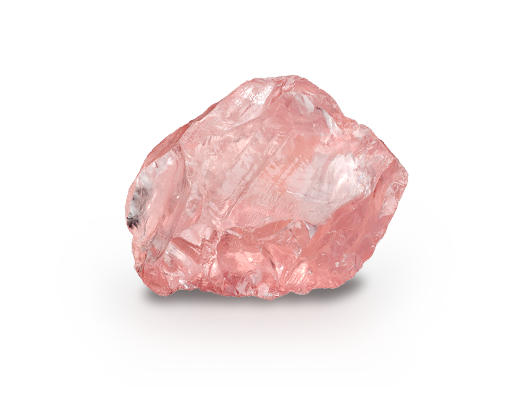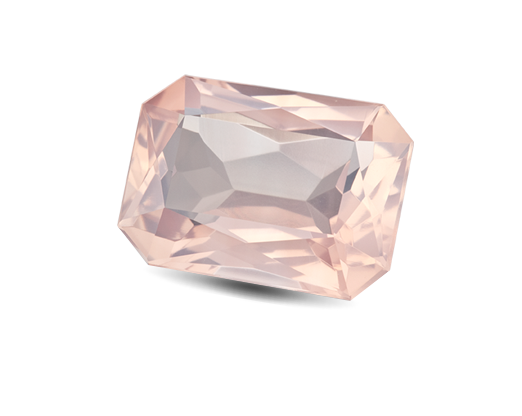OVERVIEW
The color of rose quartz ranges from very light pink (almost white) to medium-dark pink. The most appealing color typically occurs in larger sizes; small rose quartz specimens with good color tend to be scarce. Rose quartz is usually found in massive form, so well-shaped crystals are highly prized.
People accept a certain amount of sand, dirt, and dust as ordinary ingredients in their lives. What they might not be aware of is that those substances are mostly quartz, one of the most common minerals on earth.
Rose quartz is one of the many quartz varieties used as a gem material. It gets its name from its delicate pink color, which ranges from very light (almost white) to medium-dark. The most appealing color typically occurs in larger sizes, and small rose quartz specimens with good color tend to be rare. Rose quartz is always found in massive form, so it lacks regular, flat crystal faces. It’s typically found in pegmatites, but also occurs in hydrothermal veins.
Research has shown that rose quartz owes its delicate pink color to microscopic inclusions of aligned silicate mineral fibers. Advanced testing has shown that they’re generally similar—but not identical—to the mineral dumortierite. The fibers likely crystallized out as the host gem cooled, and they’re aligned according to the crystal directions of the rose quartz.
- Mineral: Quartz
- Chemical composition: SiO2
- Color: Very light pink to medium-dark pink
- Refractive index: 1.544 to 1.553
- Specific gravity: 2.66 (+0.03/-0.02)
- Mohs hardness: 7
BIRTHSTONE
Rose quartz has been recognized as the gem that commemorates the fifth wedding anniversary.
HISTORY
Rose quartz beads dating back to 7000 BC have been found in the area once known as Mesopotamia (today’s Iraq). Rose quartz jewelry was known to be crafted by the Assyrians around 800-600 BC. The Assyrians, along with the Romans, might have been the first to use this stone.
People in the earliest recorded times believed in the magical powers of quartz. Ancient Roman, Egyptian, and Greek civilizations used quartz crystals as potent talismans. The Romans used rose quartz as a seal to signify ownership, and Egyptians believed the stone could prevent aging.
In the Middle Ages, medical practitioners used quartz in their healing potions. Early cultures of the Americas used quartz amulets. Known as the “love stone,” it was said to balance the emotions and to heal anger and disappointment.
Source of Content : www.gia.edu


